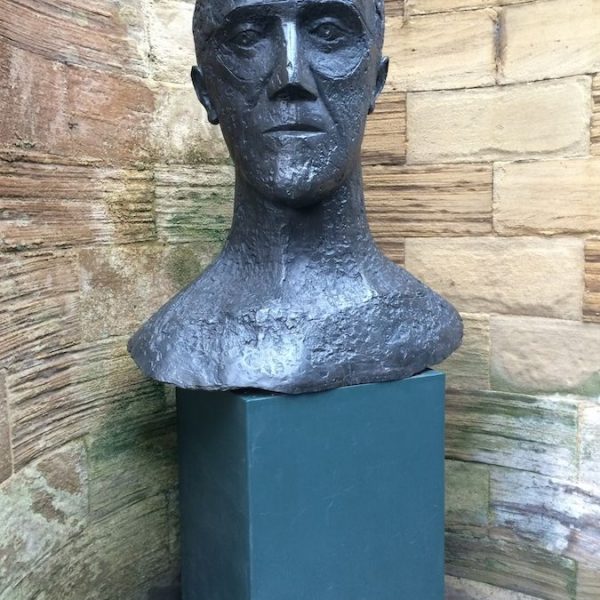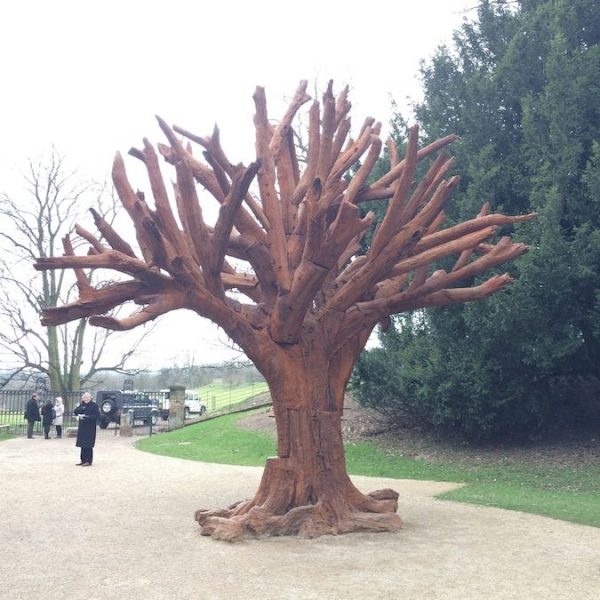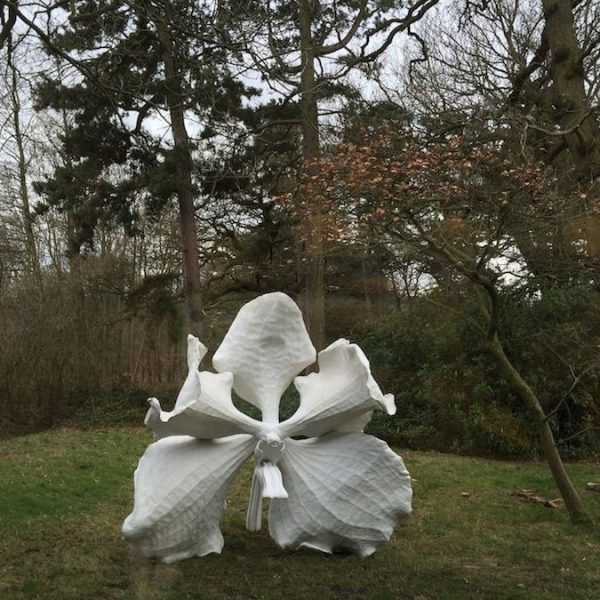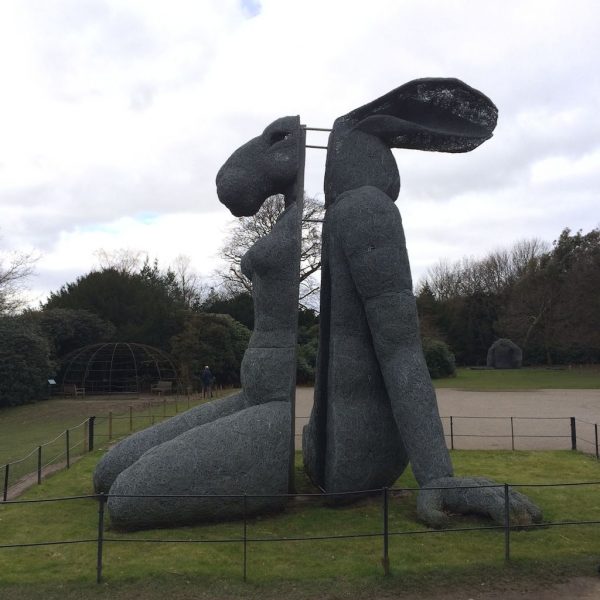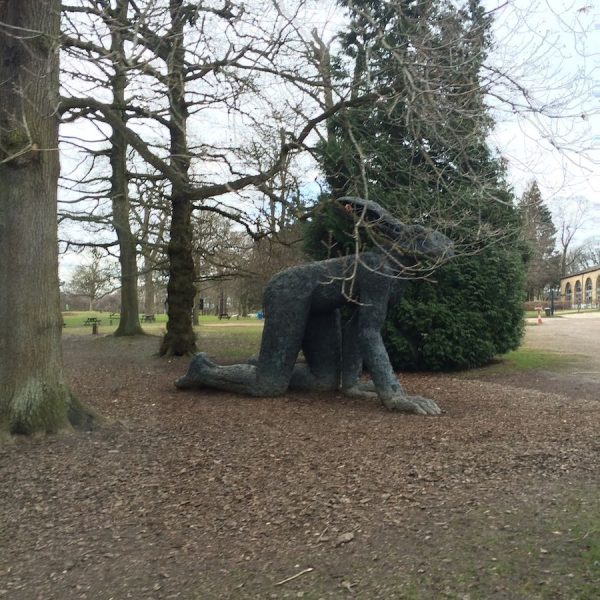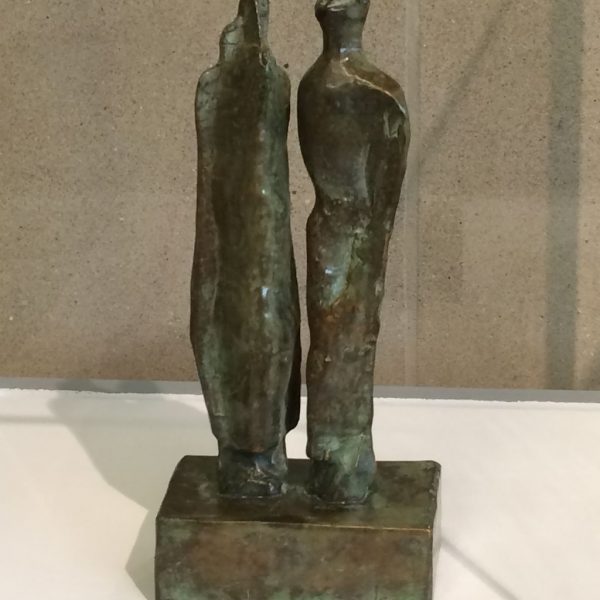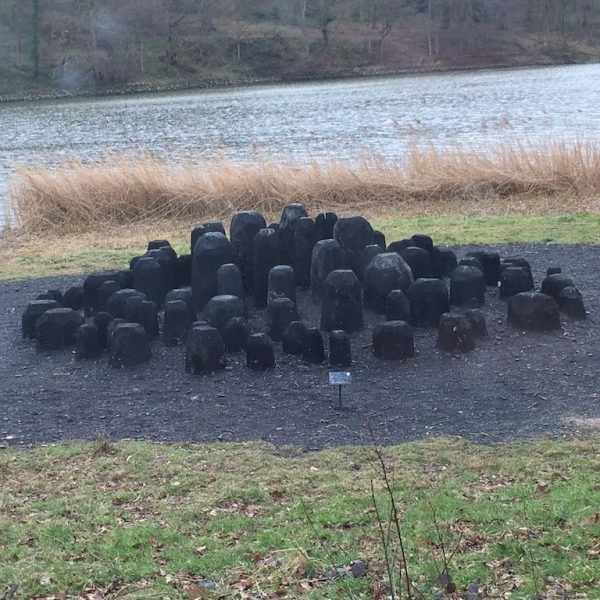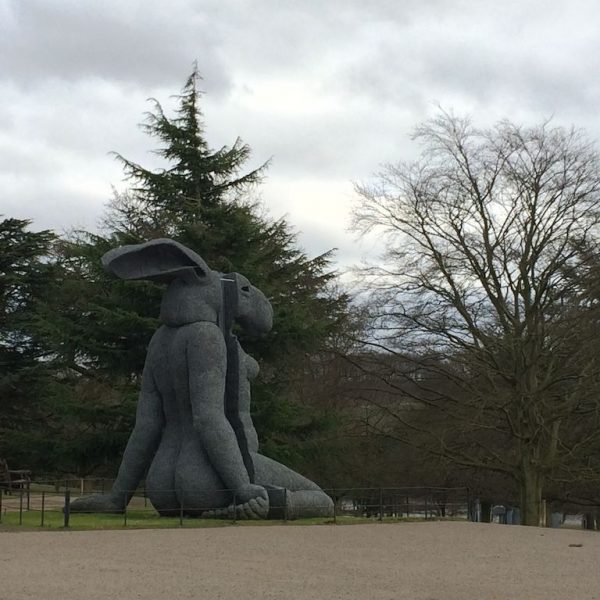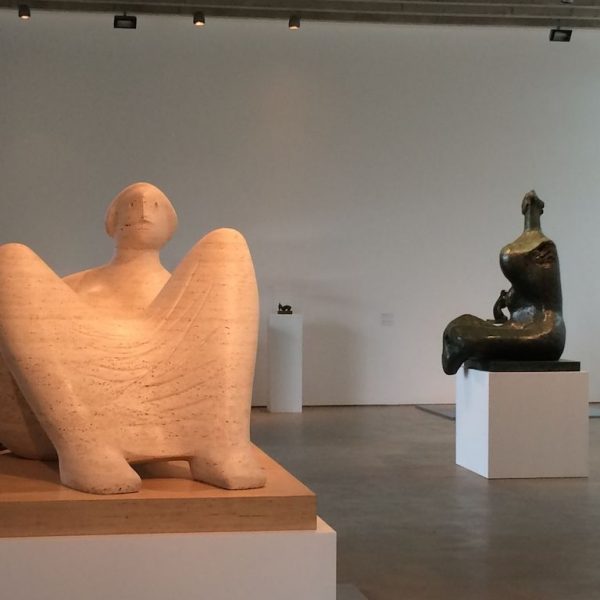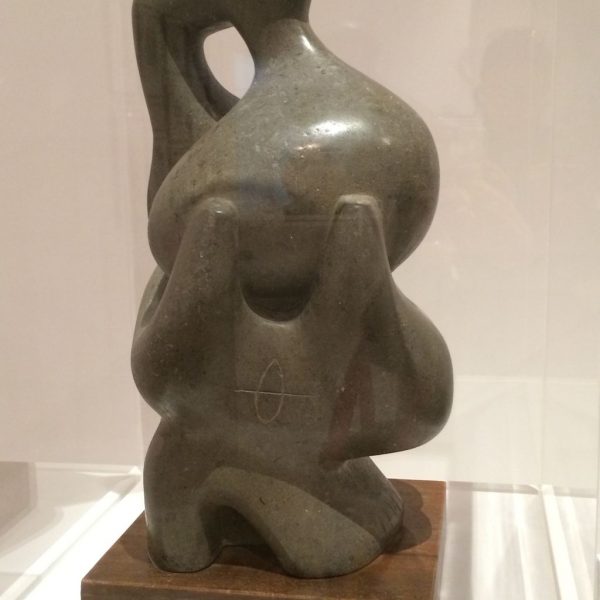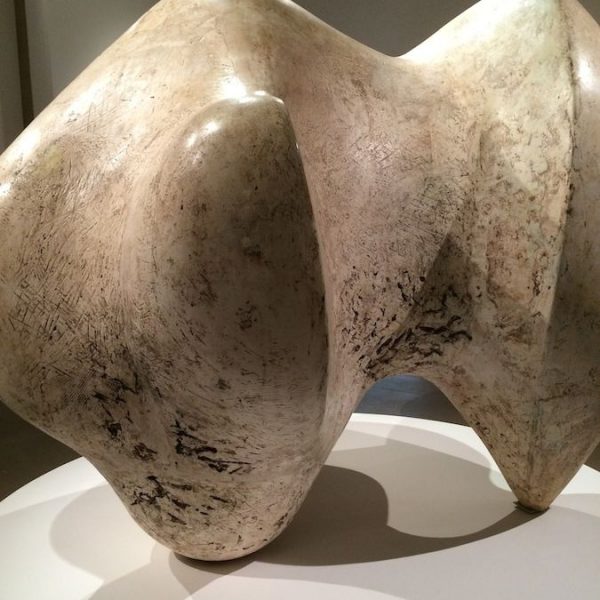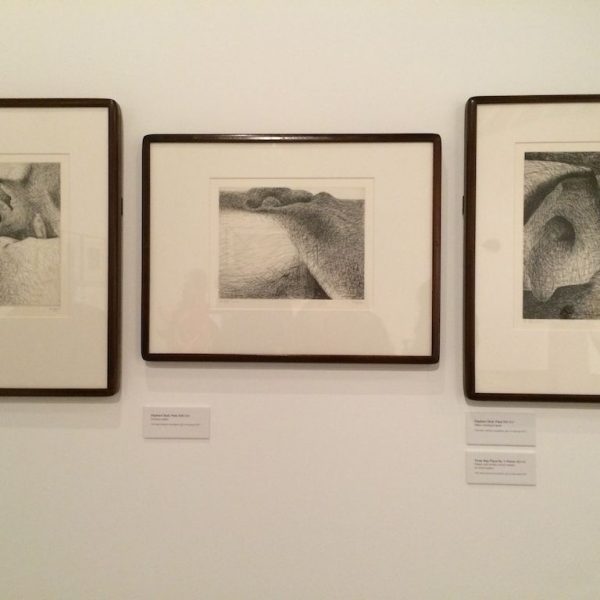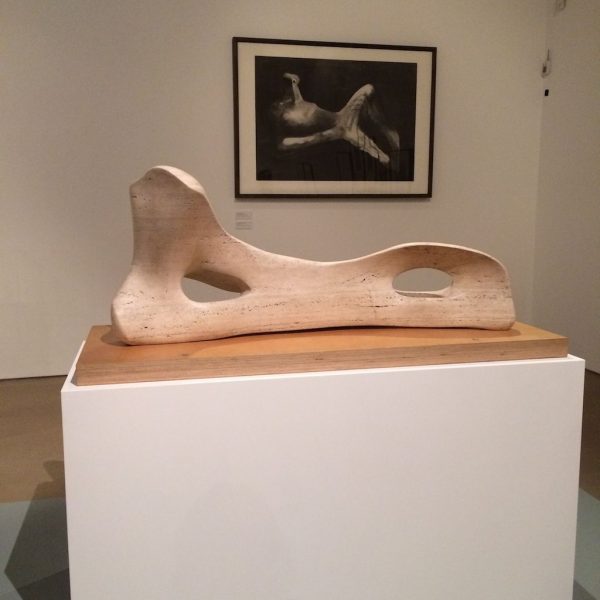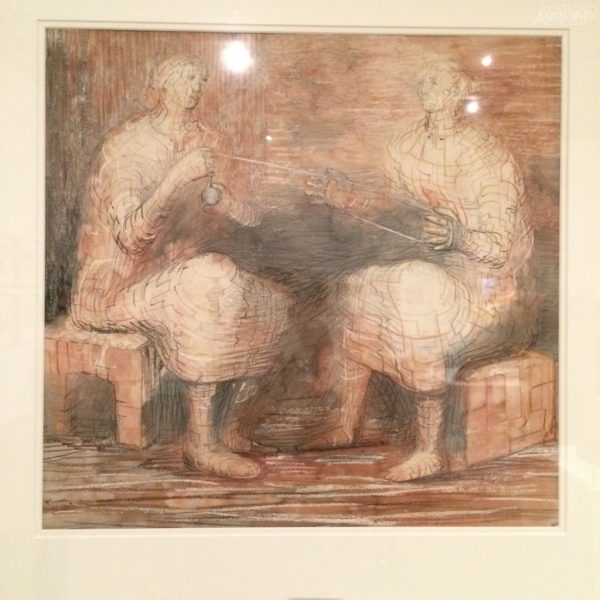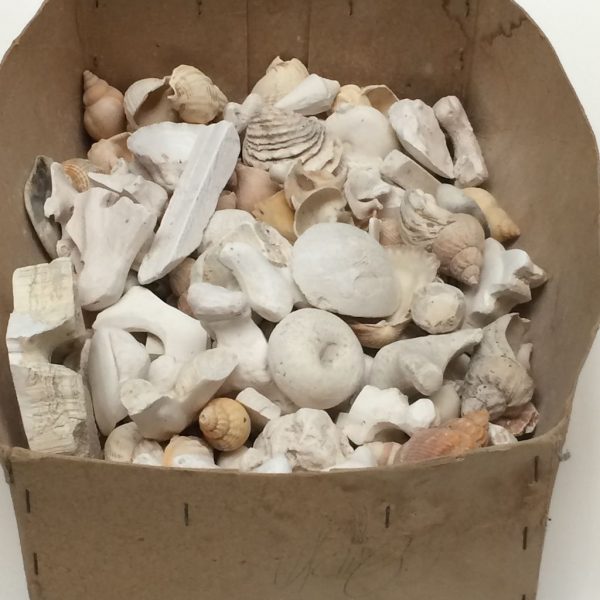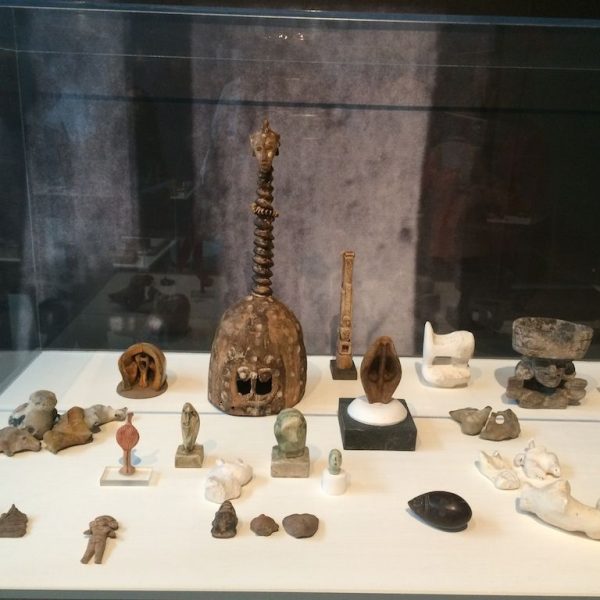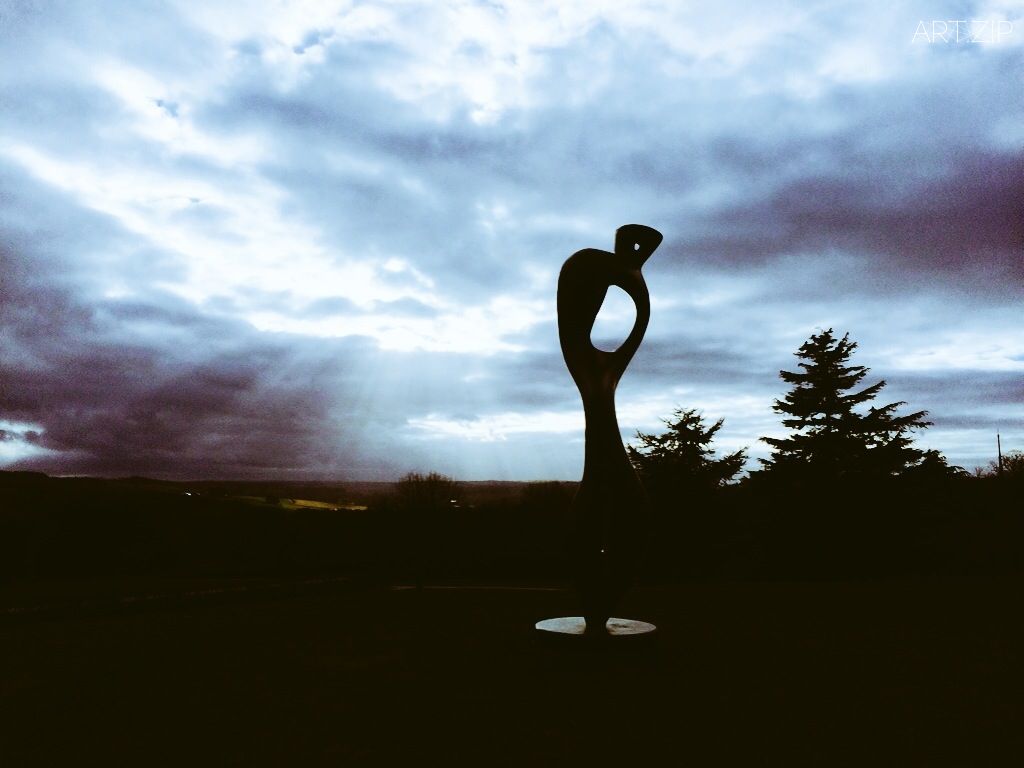
By Elaine Yu 落尘
“亨利摩爾—回歸大地 ” (Henry Moore: Back to a Land) 特展於今年春夏蒞臨約克郡雕塑公園 (Yorkshire Sculpture Park)。2015年3月7日—9月6日間訪者可在摩爾的故鄉看到他一系列各尺寸,媒介,室內與室外的作品,以及工作室陳列和攝影回顧。本次特展展出亨利摩爾藝術生涯共120件作品,以全新的角度看待摩爾與大地母親,他熱愛的土地間的緊密聯系。
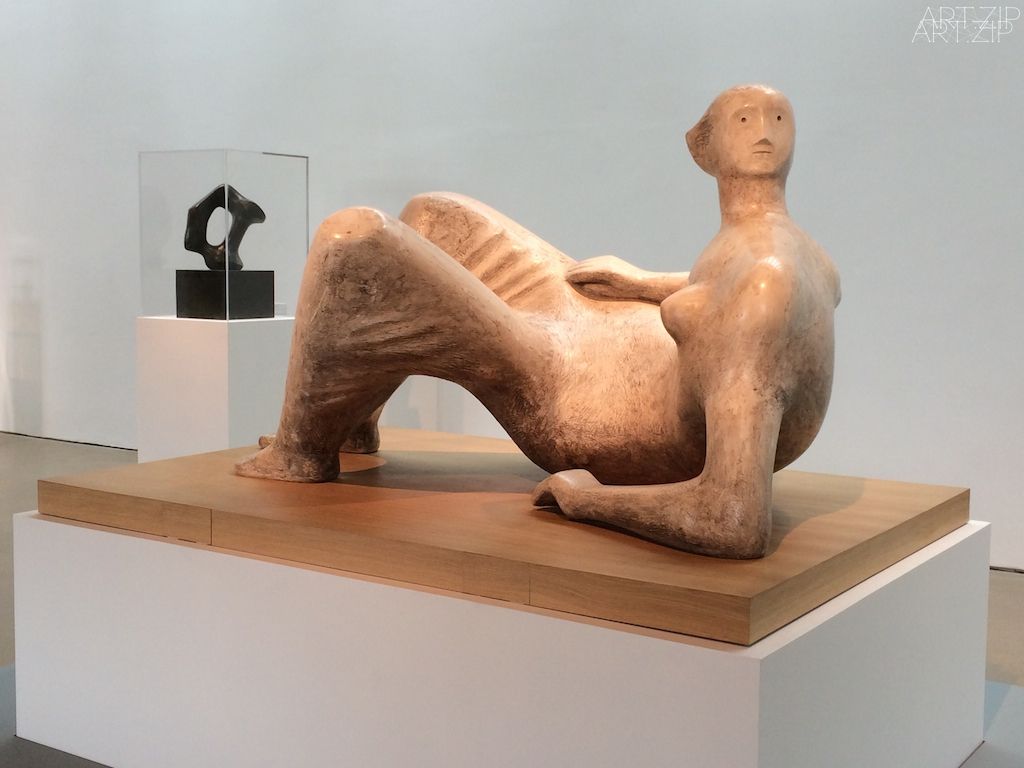
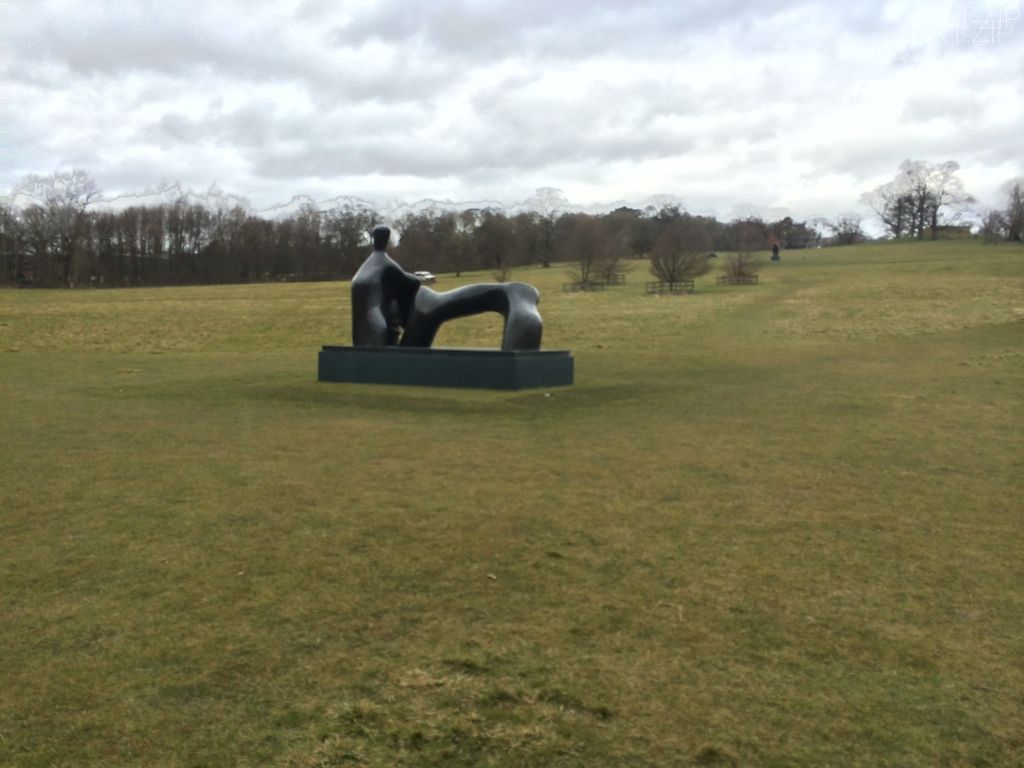
“穹頂之下之的造物和詩歌的神秘是如此類似,正是這些未知元素使我對山中洞穴,石窟倍感著迷。你在觀察與探索前並不知道會遭遇什麽。這種神秘激發無盡的想象力,而詩歌有同樣的多重意義,讓你深深陶醉與遨遊其中。” — 亨利摩爾,1974。
特展開幕中,亨利摩爾的女兒瑪麗摩爾在父親的作坊陳列室講述了對父親作品的一些領悟。瑪麗說,“我意識到我父親終其一生在譜畫著約克郡。”亨利摩爾的父親是礦工,自學成才,教育是他們的階級改變命運的唯一出路。摩爾從小對藝術感興趣,少年時讀了米開朗基羅的自傳後立誌成為一名藝術家。摩爾在一戰時從軍,因傷回家,至此對戰爭與政治有切身的體會。因而在自動化,新科技與藝術思潮此起彼伏的20世紀初,遠離顛倒夢想的他崇尚自由。他的作品早期被現代派以及文藝復興雕塑影響,而其後從原鄉地的自然風光,動物骨骼,巨石陣等古跡,戰時地鐵等人工廢墟體會出自我對藝術的領悟與詮釋。特展中展出不同時期摩爾的手稿,包括水彩與素描,這些學習文件和成品相對應時使觀者公情於作者的思想歷程。摩爾亦酷愛收藏各式各樣的原始物品,他研究,把玩這些小玩意,嘆造物的自然流暢。而近觀他的作品亦如一個旅程,從一端世界進入,另一端出去世界時世界已有所改變。摩爾的作品亦保留了媒體本身的品質甚至雕塑工具的印記,許多劃痕如雨露般永恒附在大型人體雕塑上與天地共滋潤。
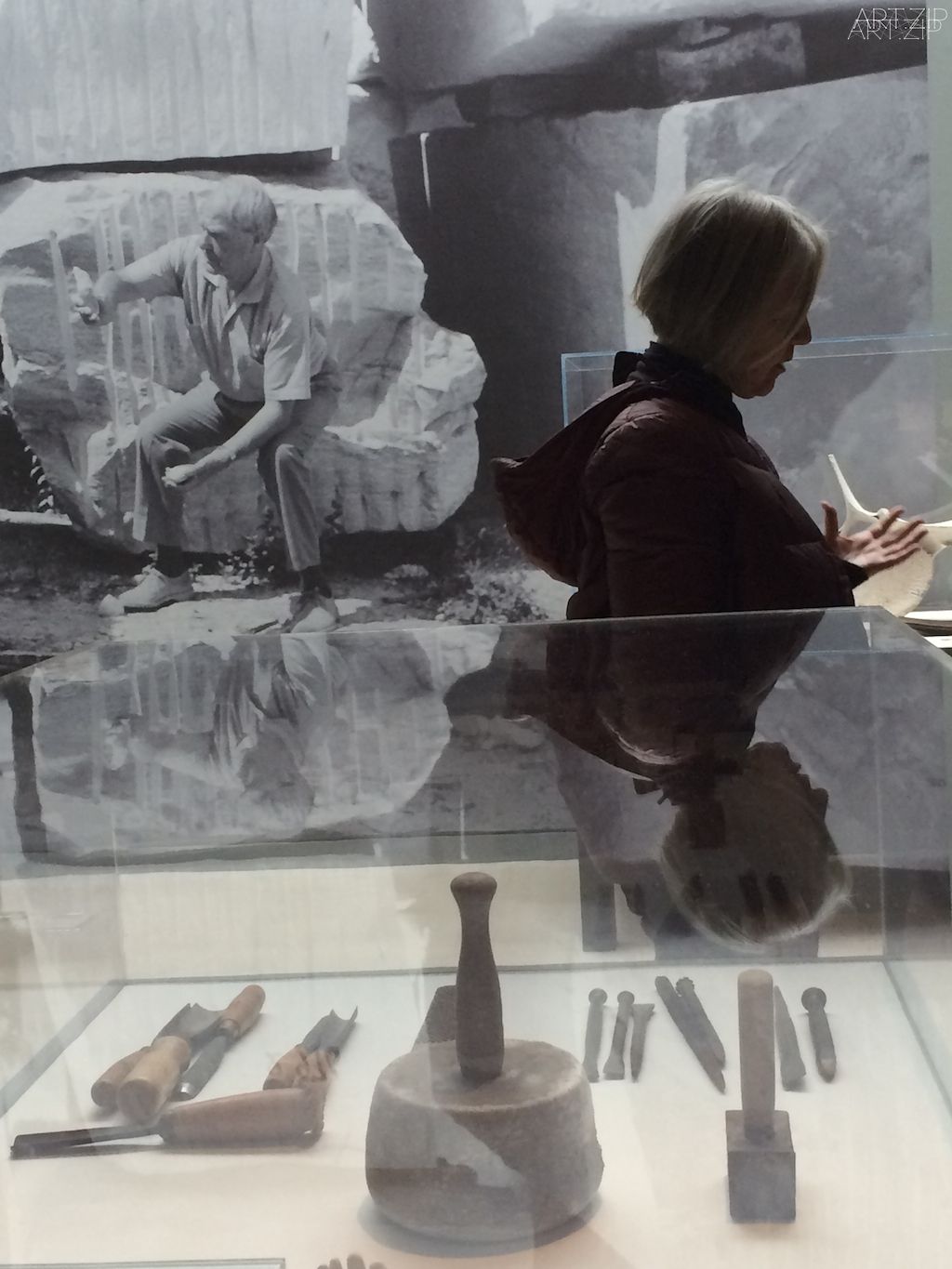
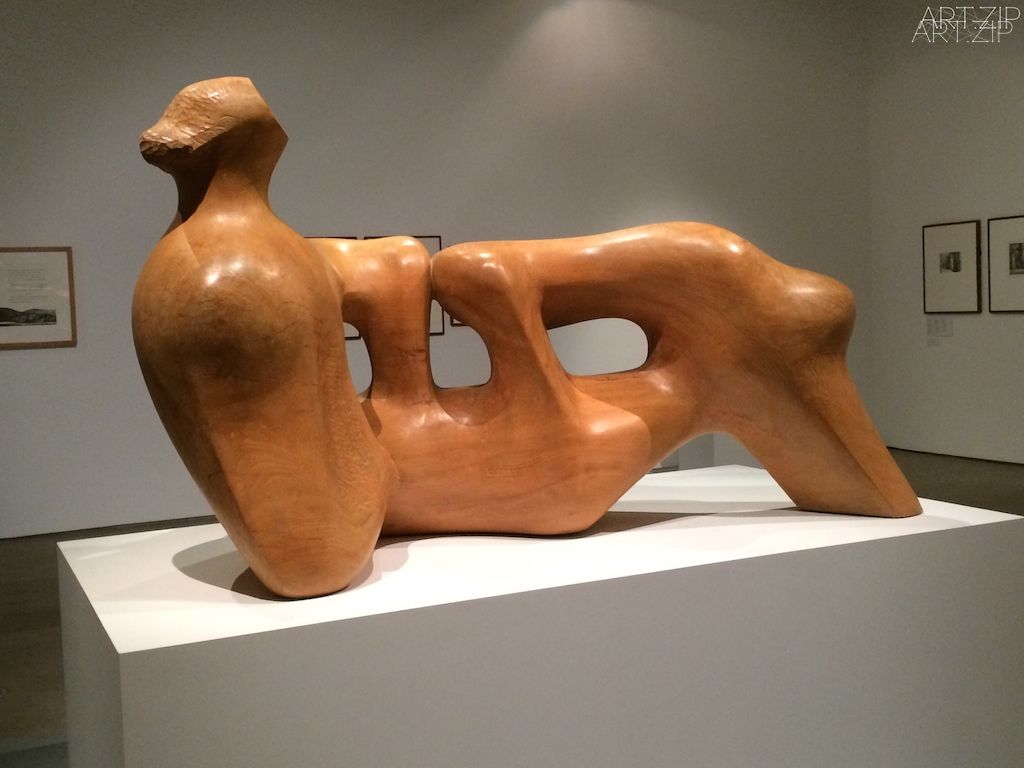
摩爾的雕塑多為大型裝置,與周圍環境和睦相處,觀者從不同的角度,時刻與光線下體驗時它們呈現出不同的形體與感官意識。當你在山巒的另一端時,他們逐漸縮小為 一點,正如你在天空看山巒,宇宙看大地時的滄海一粟。因此也許藝術的大,或小,也只是相對的。也一如你看到他的許多小型模型雕塑之概念,相對一沙一石的龐然。
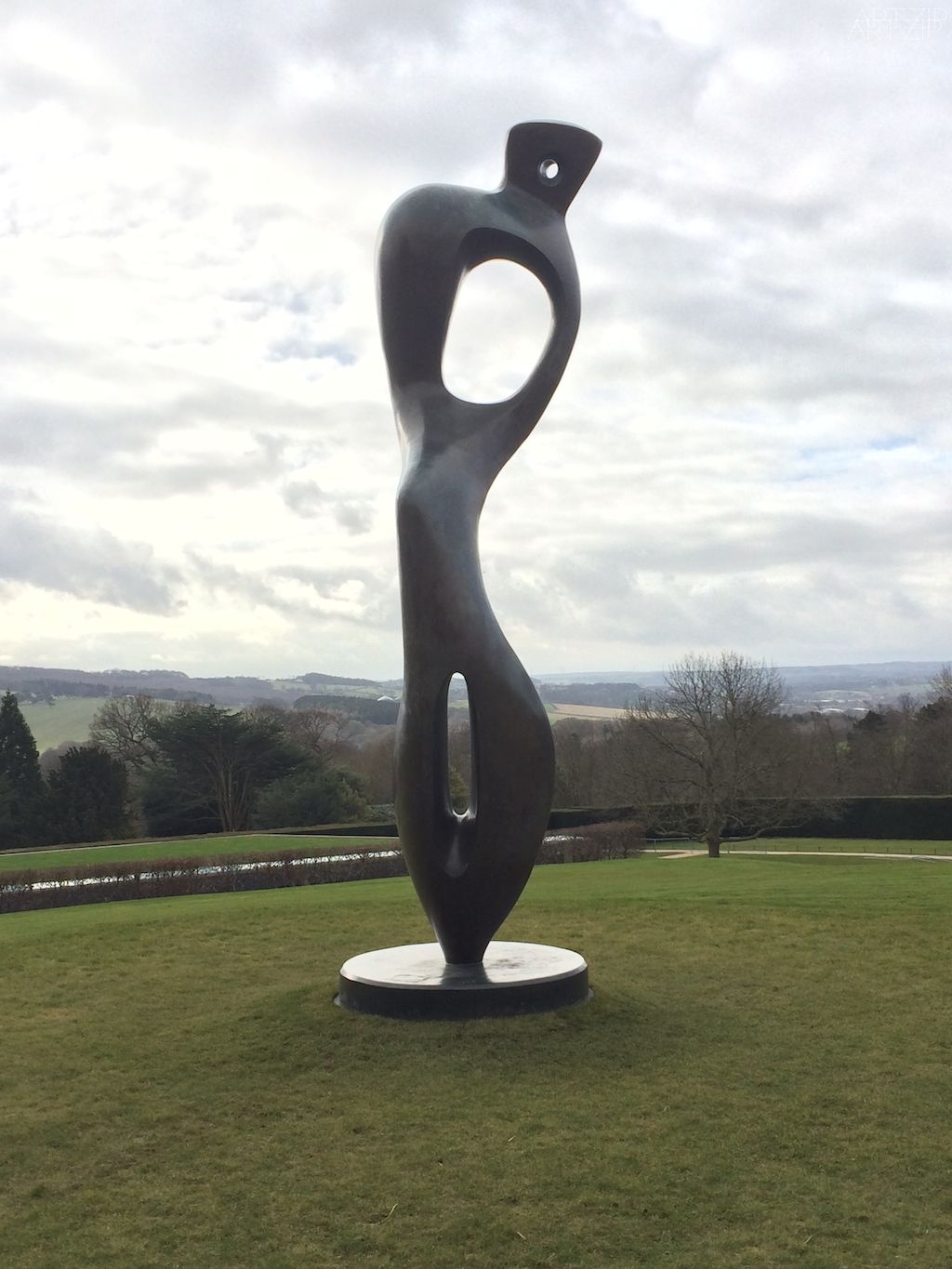
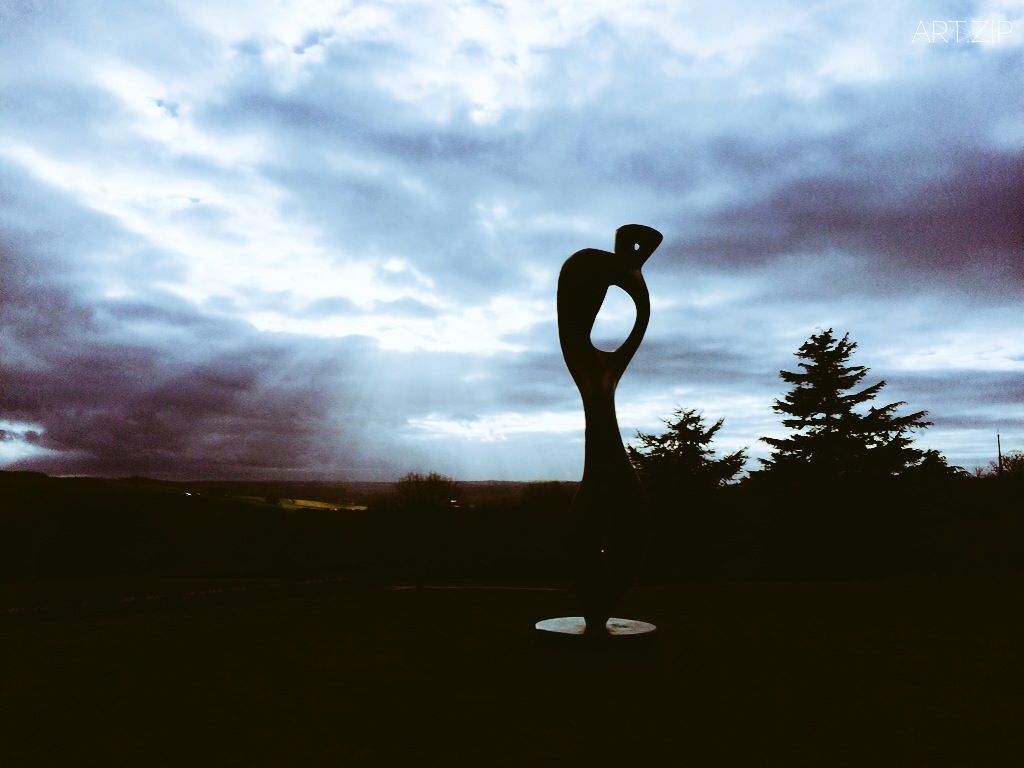
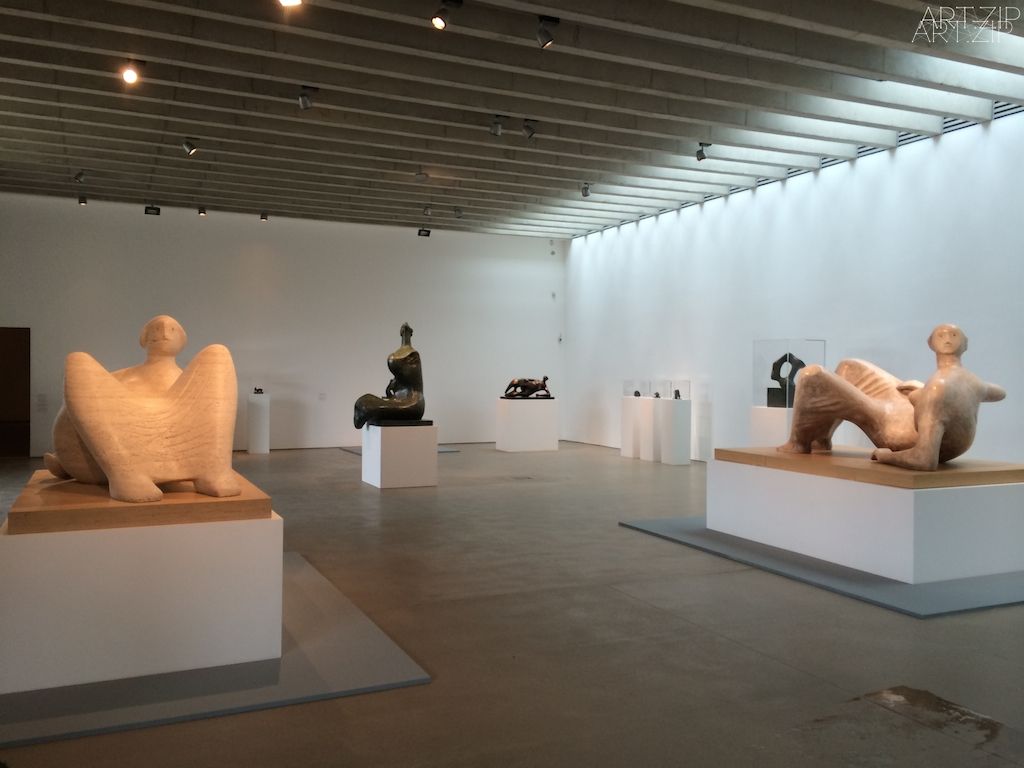
” 亨利摩爾—回歸大地” 特展探索摩爾將雕塑融入自然景觀的理念,他的跨時代與劃時代概念永久性地改寫了英國雕塑史。摩爾致力於為約克郡連綿不斷的山巒,羊群圍擁的英國純樸自然風光中添加另一番存在。摩爾認為如此大小比例的動物是他作品的完美襯托。
約克郡雕塑公園(Yorkshire Sculpture Park)除了亨利摩爾的戶外作品外還有許多優秀藝術家的雕塑,包括Sophie Ryder的兔女郎,David Nash的燃燒,艾未未得鐵樹,Marc Quinn的蘭花;此外還有Barbara Hepworth, Joan Miro 等大師的多件作品收藏。
Yorkshire Sculpture Park
HENRY MOORE: BACK TO A LAND
7 March–6 September 2015
Underground Gallery and open air
“The mystery of what is under the shroud is somewhat akin to the mystery in poetry.
It is this element of the unknown that fascinates me in caves and the holes in the sides of hills – you don’t know what is there until you look and explore into them. This mystery excites the imagination and poetry has the same multi-meaning that makes you explore it in depth.”
—- Henry Moore, 1974
In 2015, Yorkshire Sculpture Park (YSP) offers a fresh perspective to the work of Henry Moore (1898–1986) in a major exhibition of more than 120 works considering the artist’s profound relationship with land, something which was fundamental to his practice and fuelled his visual vocabulary. Born into a mining family in Castleford, West Yorkshire, Moore is one of the most important artists of the 20th century and was a founding patron of YSP. Henry Moore: Back to a Land is produced in partnership with The Henry Moore Foundation.
Henry Moore: Back to a Land explores the artist’s radical notion of placing sculpture in the landscape, something which forever changed British sculpture. Moore was committed to showing his work in the open air and in the rolling hills of YSP’s former Deer Park in particular. Here, it can be experienced with the resident flock of sheep, an animal described by the artist as an ideal foil for the appreciation of his work, being exactly the right size and scale. The exhibition takes its title from Jacquetta Hawkes’ seminal book A Land (1951), a poetic history of the physical landscape of Britain.
Moore illustrated a 1954 edition of the book and the exhibition features these originals. Monumental sculptures, such as Large Two Forms (1966–69) and Large Reclining Figure (1984), are displayed against the beautiful and historic vistas of the Bretton Estate. Experienced as monuments in the landscape, and referencing prehistoric land interventions, Moore’s sculptures in the open air are ever changing, given life through different skies, weather and season. This interest in the relationship between sculpture and landscape can be seen in the contemporary works by David Nash, Andy Goldsworthy and other Land Artists that share the estate. Carefully chosen sculptures are curated in relation to each other, the outdoor pieces visible from the galleries and the historic yew hedge forming a dramatic backdrop to the indoor spaces.
Exploring scale and the interplay between internal and external spaces, Henry Moore: Back to a Land also emphasises the artist’s constant investigation of land, from the black coal seams of his hometown and the rich geology of Britain, to the mystical ancient forms of Stonehenge. Inside the award-winning and purpose-built Underground Gallery, sculptures, maquettes and rarely seen works on paper, such as Rocky Landscape (1982), demonstrate Moore’s understanding of geology and rock formations, and reference his childhood experience of caves.
The human figure, like the landscape, was at the core of Moore’s practice and works in the exhibition explore the relationship between figure and landscape through both the iconic large-scale sculptures for which Moore is so well known, as well as through rarely seen two-dimensional works. Moore was able to explore on paper imaginary landscapes not possible in three dimensions, drawn from his own psyche and experiences. In the atmospheric etching, Reclining Figure in Dark Landscape (1979–80), landscape and figure become a single formidable being, while the etching Elephant Skull (1970), which could be mistaken for a scene of rocks and crevices, demonstrates Moore’s interest in bones and skeletal structures – the interior space of the body in relation to that of the earth.
The themes of the exhibition are given context by a carefully selected display of personal artefacts, notes, sketches and photographs, curated by the artist’s only child Mary Moore.
Henry Moore: Back to a Land is accompanied by an extensive learning and events programme, a publication with in-situ photography, an exhibition film, and an exclusive range of merchandise.

